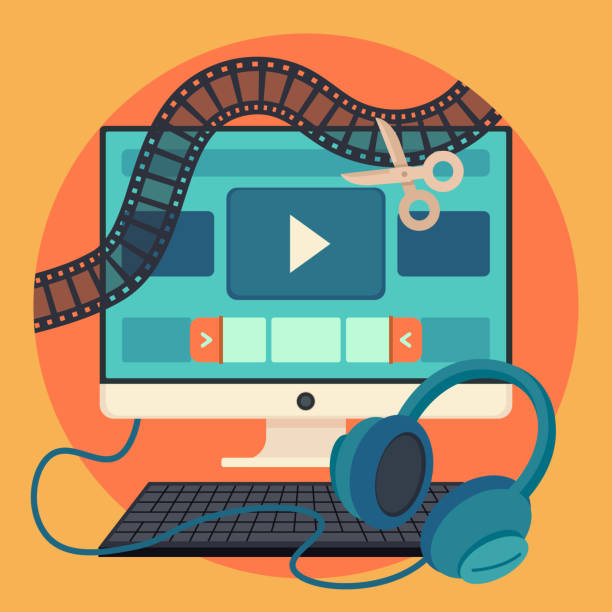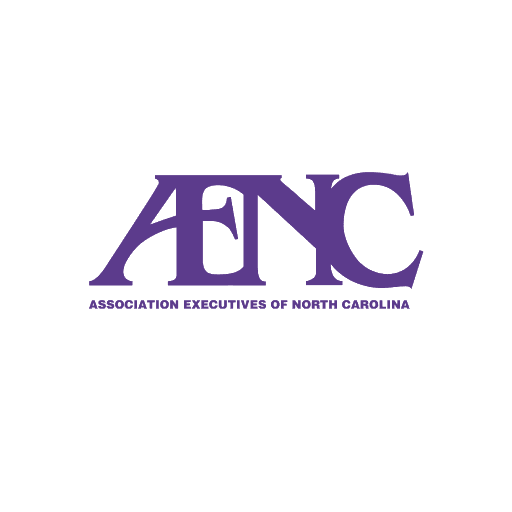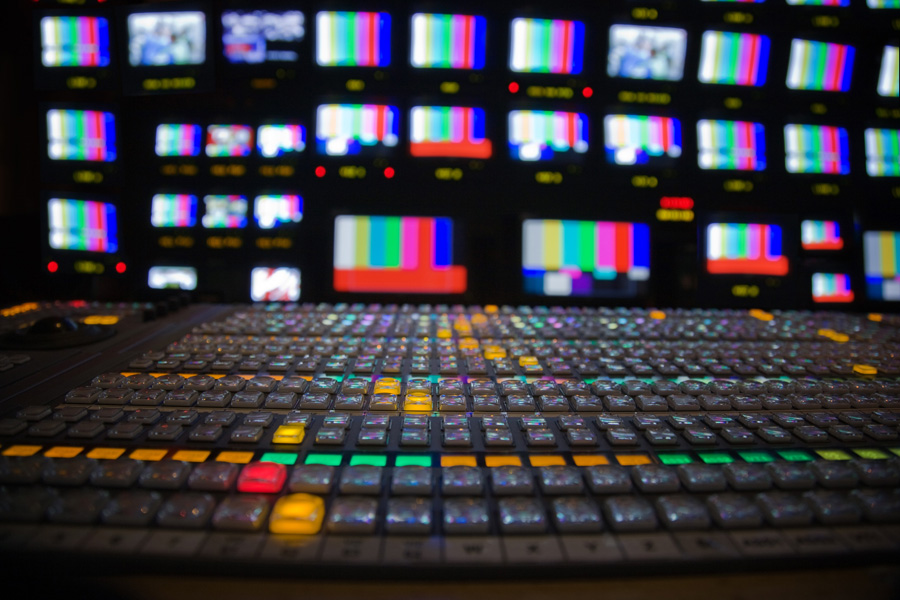How audio visual charlotte nc drives interaction with interactive technologies
Wiki Article
Understanding the Addition of Audio Visual Innovation in Today's Educational Environments
The combination of audio-visual modern technology in instructional settings has actually changed the teaching and learning process. Educators currently have access to devices that satisfy numerous finding out designs, enhancing trainee interaction and cooperation. Nonetheless, the incorporation of these innovations provides both opportunities and challenges. Comprehending how to properly execute these devices is vital. What strategies can teachers use to take full advantage of the advantages of audio-visual modern technology in their class?The Advancement of Audio-Visual Technology in Education And Learning
As academic requirements progressed over the years, audio-visual innovation undertook substantial makeovers that improved the knowing environment. Tools such as film projectors and slide programs were the primary methods of incorporating aesthetic elements right into classrooms. These early modern technologies supplied teachers with the ability to existing info dynamically, yet they were restricted in ease of access and interactivity.With the arrival of videotape recorder in the 1970s, class started to include documented lessons, broadening the extent of educational sources. The introduction of personal computers in the 1980s more revolutionized this landscape, enabling the creation of multimedia discussions and interactive knowing experiences.
The rise of the net in the 1990s marked a turning point, enabling real-time access to a wide range of audio-visual materials. Today, digital tools such as interactive white boards and on-line understanding systems remain to improve the instructional experience, promoting interaction and cooperation amongst students.
Benefits of Audio-Visual Devices for Diverse Discovering Styles
Audio-visual tools play a necessary function in accommodating diverse learning styles by enhancing aesthetic understanding and boosting acoustic involvement. By integrating images, videos, and audio, these modern technologies develop a more inclusive instructional environment. This complex strategy enables educators to address the different preferences and demands of trainees effectively.Enhancing Visual Learning
Involvement in the discovering procedure is noticeably enhanced with the use of audio-visual tools, satisfying different finding out styles. These tools, such as video clips, infographics, and interactive discussions, offer visual stimuli that assist comprehension and retention. Aesthetic learners, in particular, take advantage of the unification of photos and animations, which can simplify complicated principles and enhance understanding. In addition, audio-visual resources can show real-world applications, making finding out more appropriate and appealing. By incorporating shade, motion, and audio, teachers can create a dynamic understanding setting that records students' interest and promotes much deeper cognitive connections. Ultimately, the calculated usage of audio-visual modern technology not only supports aesthetic discovering but likewise enhances the general academic experience for varied learners.Improving Auditory Engagement
A substantial benefit of including audio-visual devices in education is their ability to enhance acoustic interaction amongst pupils. These devices, which incorporate multimedia discussions, podcasts, and interactive sound components, accommodate various learning styles, specifically benefiting acoustic students (audio visual charlotte nc). By integrating sound and narrative, instructors can create immersive experiences that record pupils' attention and reinforce comprehension. This engagement is vital, as it fosters a deeper understanding of the product and advertises retention. In addition, audio-visual tools can promote collaborative knowing environments, urging students to take part in discussions and share their insights. Ultimately, the unification of audio-visual technology not just supports auditory engagement but also enriches the overall academic experience, making discovering more dynamic and efficient for all pupilsEnhancing Involvement Via Interactive Learning

In addition, gamification elements, such as tests and simulations, can boost motivation and retention, making discovering more enjoyable and efficient. These methods not just stimulate cognitive interaction but also accommodate diverse discovering styles, guaranteeing that all pupils can get involved meaningfully. Consequently, interactive discovering settings cultivate a sense of neighborhood and belonging, eventually bring about enhanced scholastic results. Through the assimilation of audio visual innovation, educators can transform standard class right into lively areas where pupils grow and actively form their instructional journeys.
Connecting Concept and Exercise With Multimedia Resources
Multimedia sources act as a vital web link between academic principles and useful application in instructional setups. By improving interaction, helping with collective understanding experiences, and sustaining varied discovering designs, these tools create a more inclusive and dynamic knowing atmosphere - audio visual charlotte nc. This strategy not just promotes much deeper understanding yet likewise prepares pupils for real-world difficulties
Enhancing Engagement With Multimedia
Interaction in instructional settings substantially raises when trainers integrate multimedia resources right into their training approaches. The usage of videos, podcasts, and interactive discussions improves the discovering experience, allowing pupils to get in touch with the product on multiple levels. Multimedia sources cater to various discovering styles, supplying visual, auditory, and kinesthetic stimulations that can hold trainees' attention better than traditional lecture methods. Furthermore, these resources can streamline complex principles, making them extra available and memorable. look at more info By integrating multimedia, educators can develop a vibrant class setting that cultivates curiosity and encourages students. Inevitably, the tactical usage of audio-visual modern technology visit here serves to link the void in between academic expertise and functional application, improving the instructional experience for both teachers and trainees.Promoting Collaborative Understanding Experiences
Numerous studies suggest that collective learning experiences considerably enhance pupil outcomes when incorporated with multimedia sources. Multimedia tools facilitate interaction amongst pupils, permitting them to engage in analytical and important thinking jointly. By using video conferencing, collaborative systems, and interactive presentations, instructors create atmospheres conducive to synergy and shared understanding. These innovations allow trainees to communicate their concepts successfully and receive instant feedback, promoting a deeper understanding of the subject issue. Additionally, multimedia resources can offer intricate concepts in even more absorbable layouts, promoting discussion and cooperation. Because of this, the mix of collective learning and audio-visual modern technology not just enhances the educational experience however likewise prepares students for real-world synergy characteristics, stressing the importance of collaboration and collective understanding construction.Sustaining Diverse Understanding Styles
While standard training techniques commonly deal with a minimal series of learning choices, the integration of audio-visual technology uses an extra comprehensive approach to education. By utilizing multimedia resources such as video clips, interactive simulations, and electronic presentations, instructors can attend to numerous finding out styles, including visual, acoustic, and kinesthetic. This adaptability permits separated instruction, enabling pupils to involve with web content in methods that reverberate with their private preferences. Furthermore, audio-visual devices can promote much deeper understanding by providing numerous representations of complicated concepts. Therefore, pupils that might have a hard time with standard techniques can locate alternate paths to success, cultivating an extra fair learning atmosphere that supports scholastic success for all learners.Difficulties in Carrying Out Audio-Visual Modern Technology
Audio-visual technology holds terrific assurance for boosting academic experiences, its application often comes across significant challenges. One main problem is the economic burden related to buying and maintaining such equipment, which can stress budget plans, specifically in underfunded organizations. Furthermore, poor training for teachers can prevent effective integration, leaving them ill-prepared to make use of the innovation fully. Technical issues, such as software application malfunctions and compatibility troubles, might also disrupt lessons and irritate both teachers and pupils. Varying degrees of student access to innovation outside the classroom can produce variations in discovering chances. Finally, the potential for over-reliance on technology might take away from crucial mentor techniques, eventually limiting the instructional experience. Addressing these challenges calls for a comprehensive method, consisting of ample funding, expert advancement, and fair access to sources, to assure that audio-visual innovation can be leveraged efficiently in today's educational setups.Finest Practices for Integrating Modern Technology in the Class

In addition, cultivating an interactive setting with collaborative tools urges student engagement and involvement. Using diverse audio-visual sources accommodates numerous discovering designs, suiting aesthetic, acoustic, and kinesthetic learners. Frequently examining the influence of modern technology on pupil knowing helps teachers improve their methods and adapt to changing requirements. Finally, including students in the choice of modern technology advertises possession and inspiration. By adhering to these ideal practices, teachers can produce a vibrant classroom ambience that efficiently incorporates technology and improves the academic experience for all pupils.
The Future of Audio-Visual Modern Technology in Education And Learning
As class increasingly accept technology, the landscape of audio-visual devices in education and learning remains to progress (audio visual charlotte nc). Future advancements are anticipated to focus on better interactivity and customization, allowing educators to tailor finding out experiences to private student needs. Advancements such as augmented reality (AR) and digital fact (VIRTUAL REALITY) will likely give immersive understanding settings, boosting pupil interaction and understanding
Synthetic knowledge (AI) is positioned to play a considerable duty in audio-visual innovation by offering real-time feedback and flexible understanding paths. This combination may aid educators determine and address pupil challenges better. Cloud-based systems will assist in easier access to sources and cooperation among trainees and teachers, despite area.
Along with these technological advancements, professional development for educators will be crucial, ensuring they are furnished to make use of these devices efficiently. Overall, the future of audio-visual innovation in education and learning assures to develop more vibrant, comprehensive, and impactful knowing experiences.
Frequently Asked Inquiries
Just How Can Teachers Pick the Right Audio-Visual Equipment for Their Classrooms?
Selecting suitable audio-visual devices needs teachers to analyze their instructional objectives, take into consideration trainee requirements, assess available innovation, and look for suggestions from peers or professionals, ensuring tools efficiently enhance knowing and interaction within their particular classroom setting.What Spending plan Considerations Are There for Applying Audio-Visual Modern Technology?
Spending plan considerations for implementing audio-visual technology include initial purchase costs, upkeep expenditures, training for team, and potential software application licensing costs. In addition, long-term financial investment in updates and substitutes must additionally be factored right into monetary preparation.Are There Specific Training Resources for Educators on Audio-Visual Tools?
Several organizations offer training sources for instructors on audio-visual devices, consisting of on the internet training courses, workshops, and educational guides. These resources intend to enhance teachers' skills and self-confidence in efficiently integrating innovation right into their training techniques.Exactly how Do We Determine the Performance of Audio-Visual Innovation in Understanding?
Determining the efficiency of audio-visual modern technology in finding out entails assessing pupil interaction, understanding, retention rates, and total scholastic performance. Surveys, evaluations, and empirical studies can give useful understandings into its influence on instructional outcomes.What Prevail Misconceptions About Audio-Visual Technology in Education And Learning?
Common mistaken beliefs regarding audio-visual technology in education include the idea that it assures involvement and finding out end results, in addition to the presumption that all students benefit similarly, overlooking specific knowing choices and needs.Report this wiki page